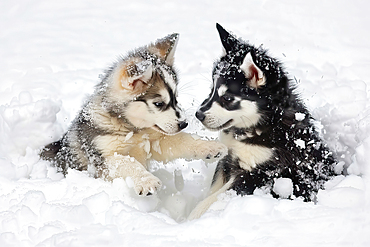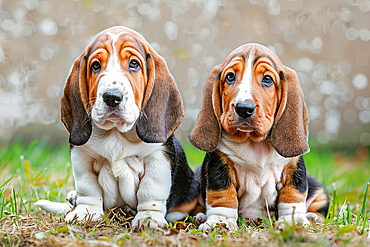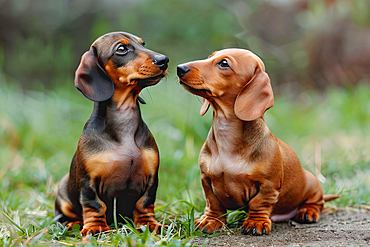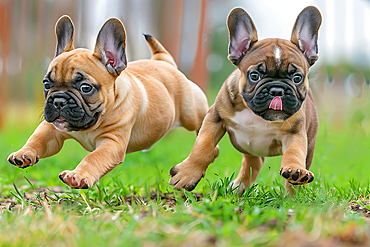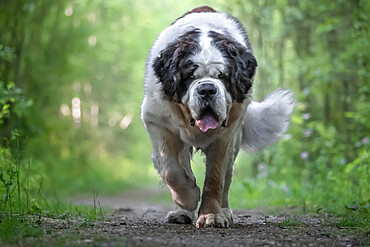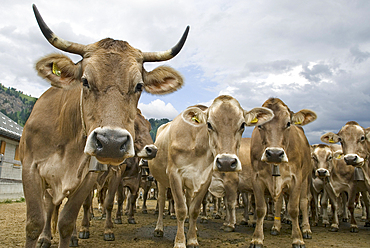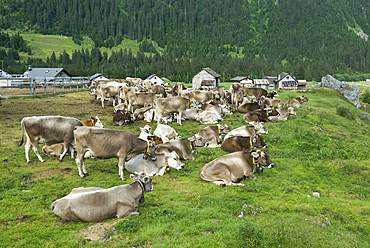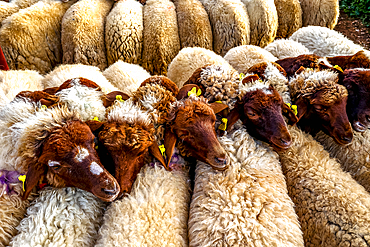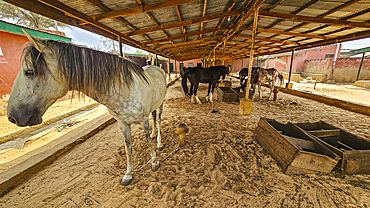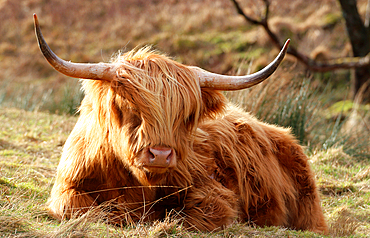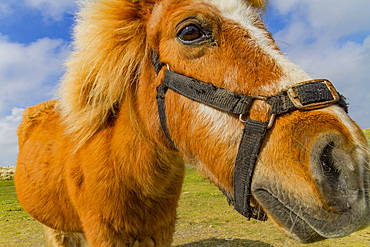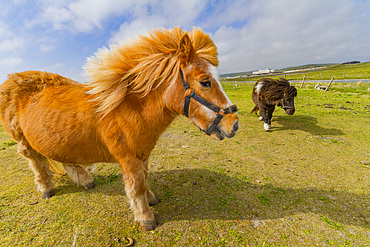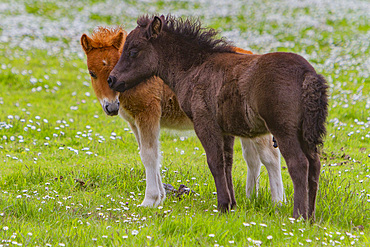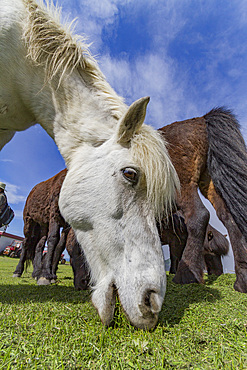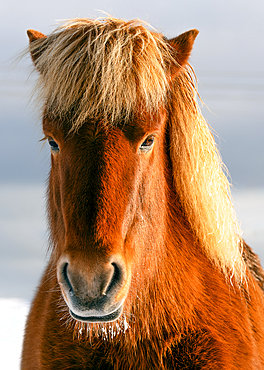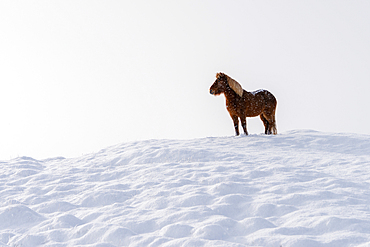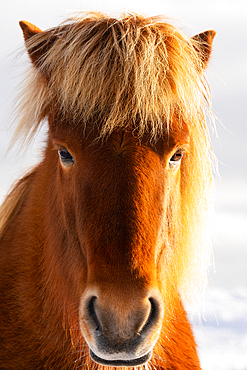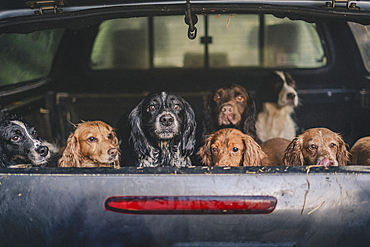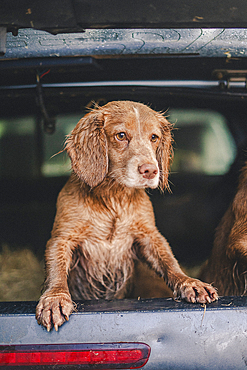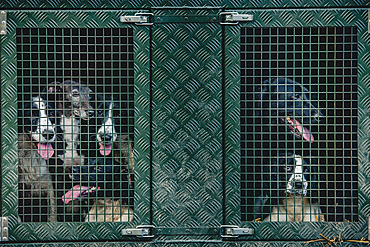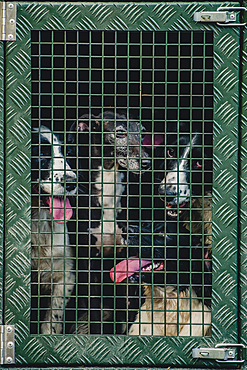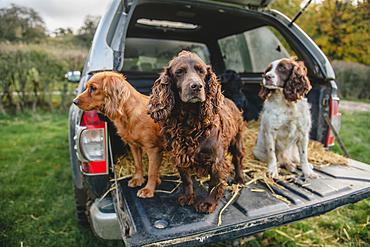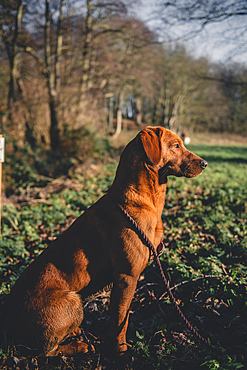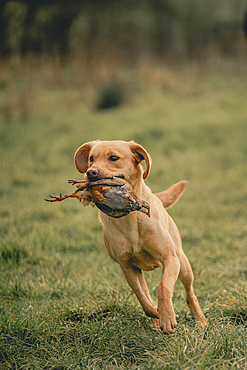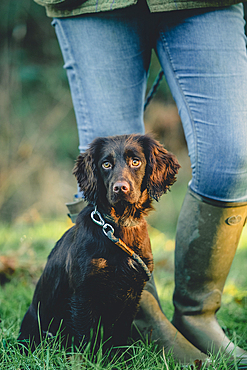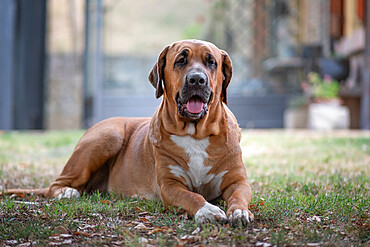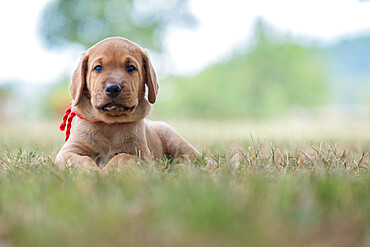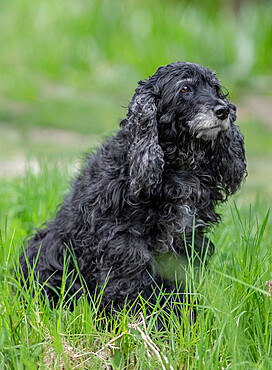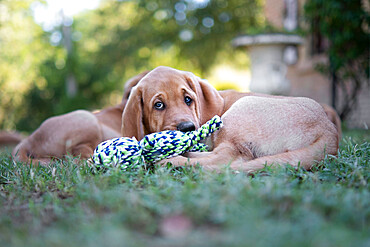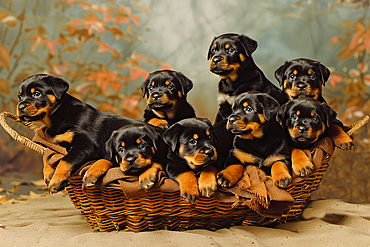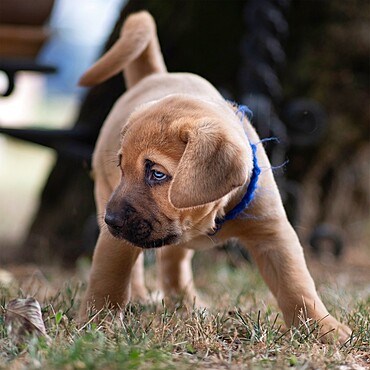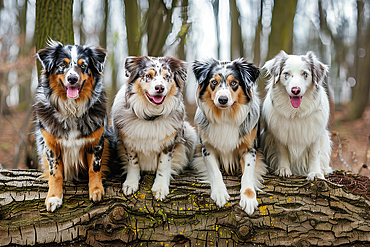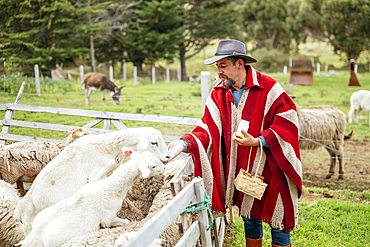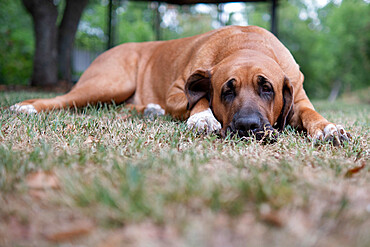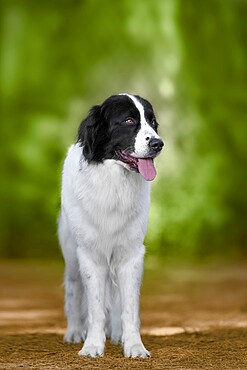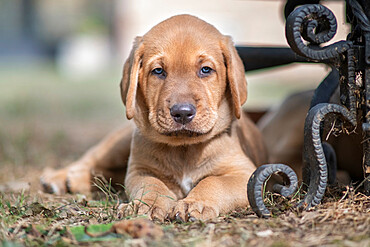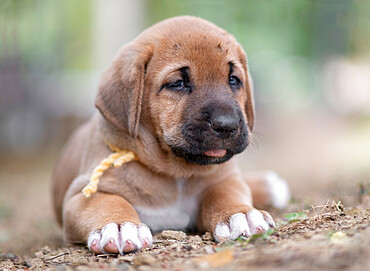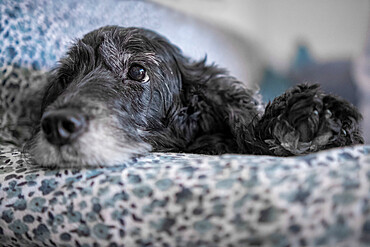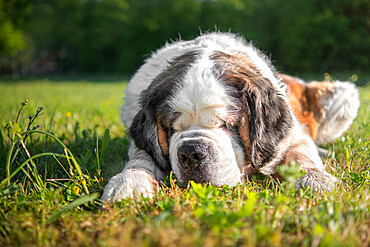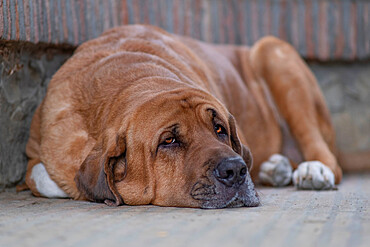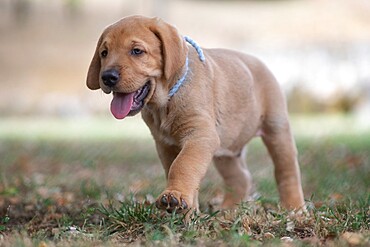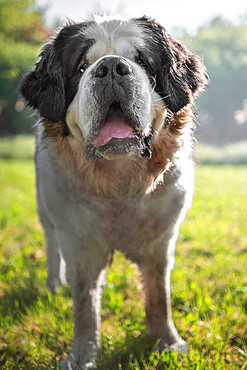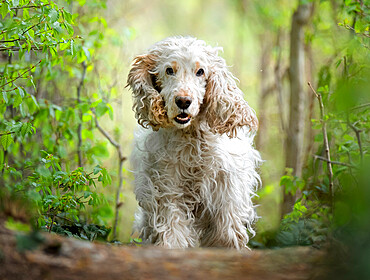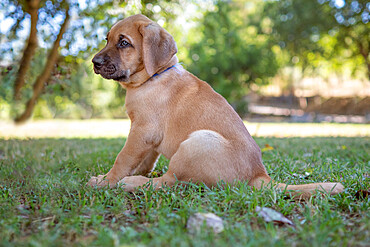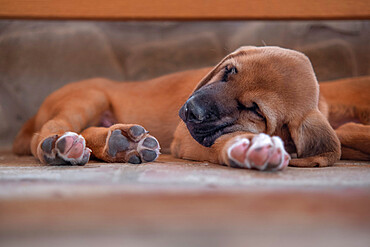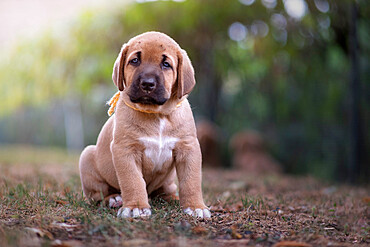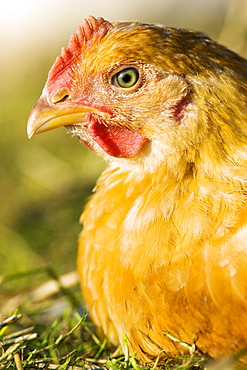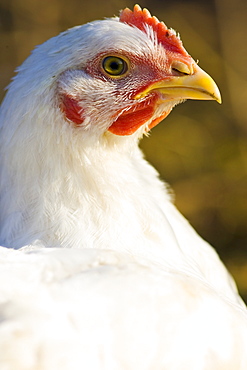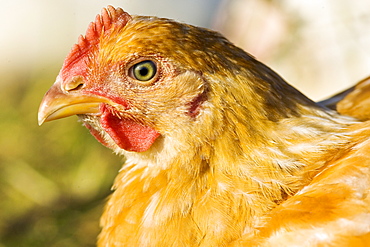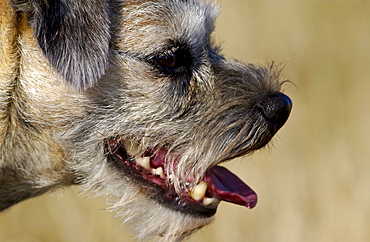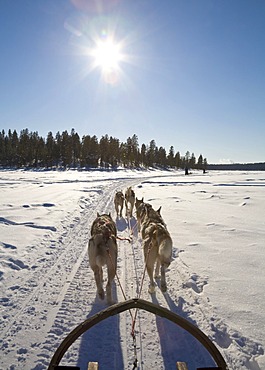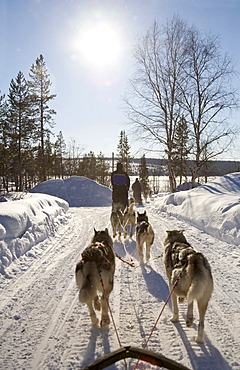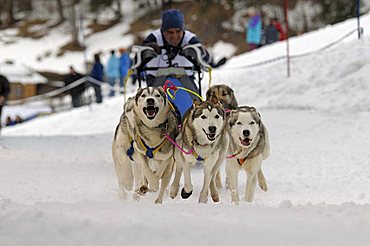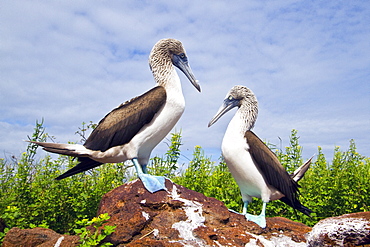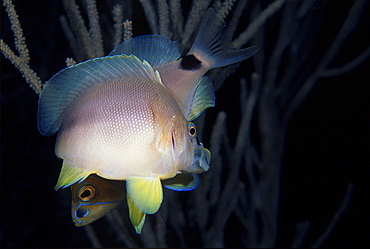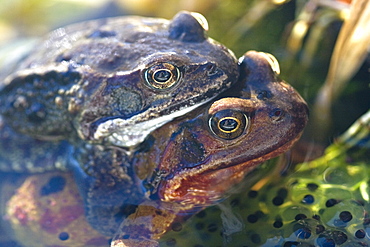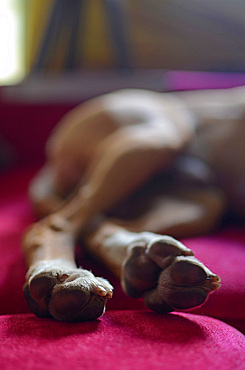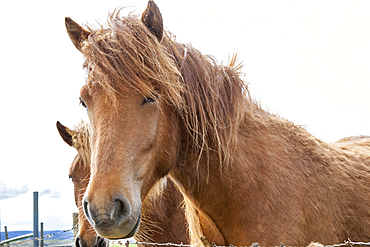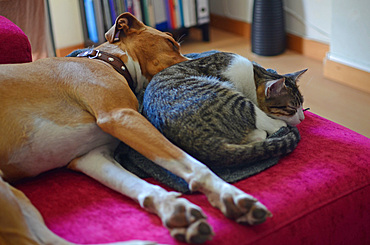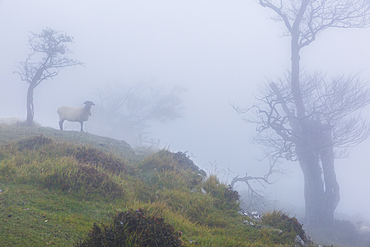Results
71 results found
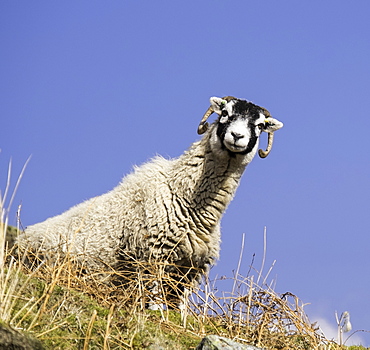
Close up of the traditional black faced Swaledale sheep found throughout the Yorkshire Dales, Yorkshire, England, United Kingdom, Europe

Maremmana, a breed of cattle reared in the Maremma, Maremmana cows, Capalbio, Province of Grosseto, Tuscany, Italy, Europe
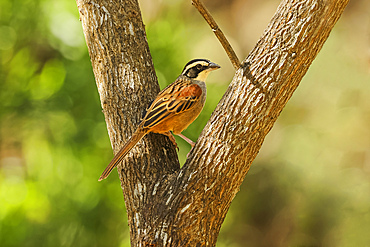
Stripe-headed sparrow (Peucaea ruficauda) breeds from Mexico to north Costa Rica, eats seeds and insects, Esperanza, Guanacaste, Costa Rica
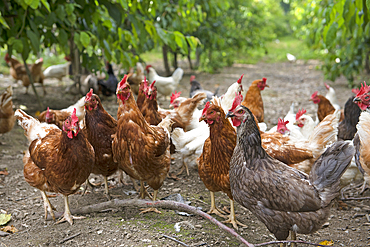
Rearing laying hens in a cherry orchard, Lerchnhof Farm Inn, Valdaora di Sotto, South Tyrol (Alto Adige), Italy
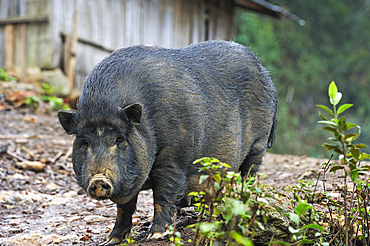
Sow in an Akha tribe village in the mountains surrounding Muang La, Oudomxay Province, northwestern Laos
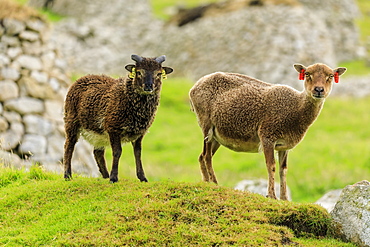
Wild Soay sheep and lamb, ancient breed, stone remains of village, Hirta, St. Kilda Archipelago, UNESCO World Heritage Site, Outer Hebrides, Scotland, United Kingdom, Europe

Wild Soay sheep and lamb, ancient breed, stone remains of village, Hirta, St. Kilda Archipelago, UNESCO World Heritage Site, Outer Hebrides, Scotland, United Kingdom, Europe

Windswept Shetland Ponies, a world famous unique and hardy breed, cliff tops of Northmavine, Mainland, Shetland Isles, Scotland, United Kingdom, Europe
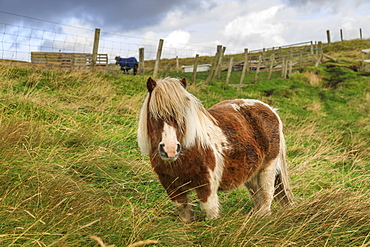
Red and white Shetland pony in field, a world famous unique and hardy breed, Westerwick, West Mainland, Shetland Isles, Scotland, United Kingdom, Europe
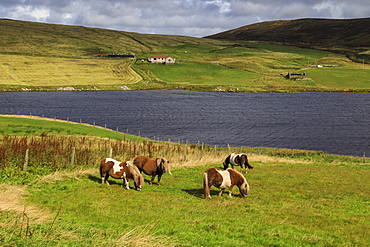
Shetland Ponies, a world famous unique and hardy breed, Aith Voe, East Burrafirth, West Mainland, Shetland Isles, Scotland, United Kingdom, Europe
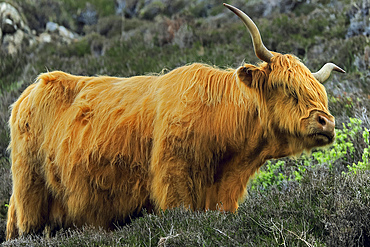
Highland cow with its distinctive long hair and horns, a hardy rustic beef breed that has been exported all over the world, Duntulm, Trotternish Peninsula, Skye, Inner Hebrides, Scotland, United Kingdom, Europe
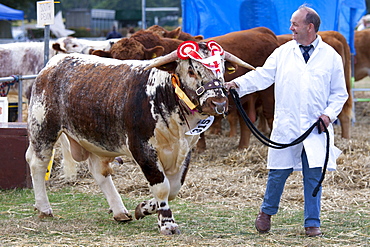
Champion Longhorn Bull at Moreton Show, agricultural event in Moreton-in-the-Marsh Showground, The Cotswolds, UK
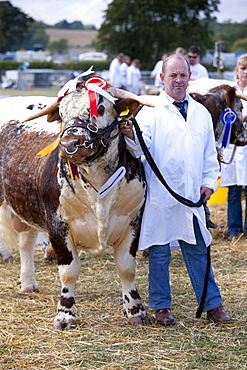
Champion Longhorn Bull at Moreton Show, agricultural event in Moreton-in-the-Marsh Showground, The Cotswolds, UK
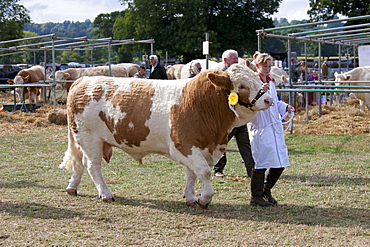
Champion British Simmental Bull with handler at Moreton Show, at Moreton-in-the-Marsh Showground, The Cotswolds, UK
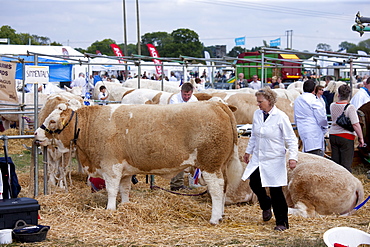
Pedigree British Simmental cows at Moreton Show, Moreton-in-the-Marsh Showground, The Cotswolds, Gloucestershire, UK
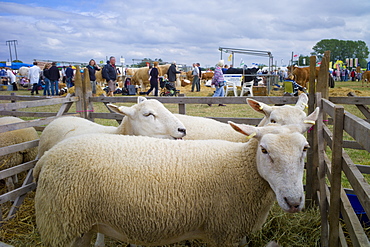
Sheep at Moreton Show, agricultural event at Moreton-in-the-Marsh Showground, The Cotswolds, Gloucestershire, UK
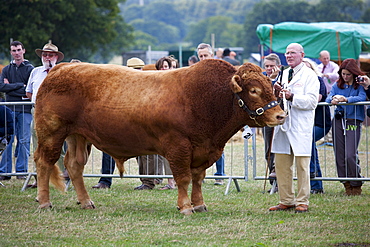
South Devon bull at Moreton Show, agricultural event in Moreton-in-the-Marsh Showground, The Cotswolds, Gloucestershire, UK
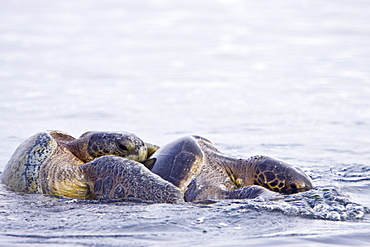
Adult green sea turtles (Chelonia mydas agassizii) mating (male on top of female) in the waters surrounding the Galapagos Island Archipeligo, Ecuador. Pacific Ocean.
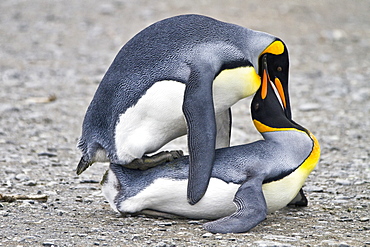
King penguin (Aptenodytes patagonicus) mating behavior at breeding and nesting colony at St. Andrews Bay on South Georgia, Southern Ocean.
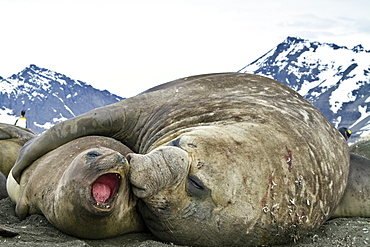
Southern elephant seal (Mirounga leonina) mating behavior on South Georgia Island in the Southern Ocean
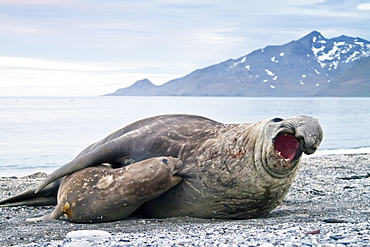
Southern elephant seal (Mirounga leonina) mating behavior on South Georgia Island in the Southern Ocean
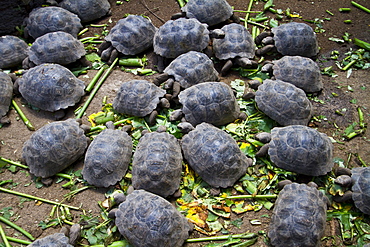
Young Captive Galapagos giant tortoise (Geochelone elephantopus) being fed at the tortuguero breeding station, Puerto Villamil on Isabela Island in the Galapagos Island Archipelago, Ecuador
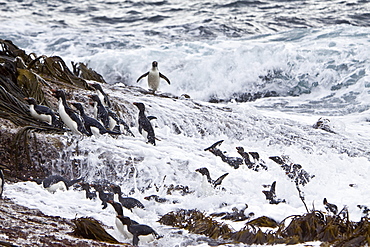
Adult Southern Rockhopper Penguins (Eudyptes chrysocome chrysocome) in the Falkland Islands. This is the smallest yellow-crested, black-and-white penguin in the genus Eudyptes. It reaches a length of 45-58 cm (18-23 in) and typically weighs 2-3.4 kg (4.4-7.5 lb), although there are records of exceptionally large rockhoppers weighing 5 kg (11 lbs). Their common name refers to the fact that unlike many other penguins which negotiate obstacles by sliding on their bellies or by awkward climbing using their flipper-like wings as aid, Rockhoppers will try to jump over boulders and across cracks. This behavior is by no means unique to this species however - at least the other "crested" penguins of the genus Eudyptes hop around rocks too. Southern Rockhopper Penguins have a global population of roughly 1 million pairs, perhaps a bit more. About two-thirds of the global population belongs to E. c. chrysocome which breeds on the Falkland Islands and on islands off Argentina and southern Chile. The Southern Rockhopper Penguin is classified as Vulnerable species by the IUCN.
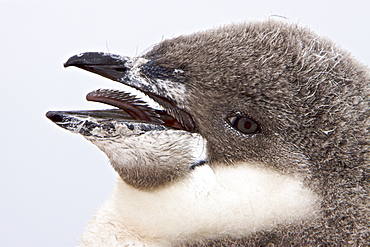
Chinstrap penguin (Pygoscelis antarctica) chick head detail at colony on Useful Island near the Antarctic Peninsula. There are an estimated 2 million breeding pairs of chinstrap penguins in the Antarctic peninsula region alone, perhaps as many as 7.5 million breeding pairs in all of Antarctica. Their name derives from the narrow black band under their heads which makes it appear as if they are wearing black helmets, making them one of the most easily identified types of penguin. Other names for them are "Ringed Penguins", "Bearded Penguins", and "Stonecracker Penguins" due to their harsh call. They grow to 68 cm (27 in). The average adult weight of a Chinstrap Penguin is 4.5 kg (10 lbs). Weight can range from 3 to 6 kg (6.6-13.2 lbs), with males being slightly larger and weight varying based on where the penguin is in the breeding cycle. Their diet consists of krill, shrimp, and fish. On land they build circular nests from stones, and lay two eggs, which are incubated by both the male and the female for shifts of five to ten days. They can also breed on icebergs, though they prefer non-icy conditions. The chicks hatch after about 35 days, and have fluffy gray backs and white fronts. The chicks stay in the nest for 20?30 days before they go to join a creche. At around 50?60 days old, they moult, gaining their adult plumage and go to sea. The Chinstrap Penguin was first described by German naturalist Forster in 1781. Its specific epithet was often seen as antarctica, however a 2002 review determined the genus Pygoscelis was masculine, and hence the correct binomial name is Pygoscelis antarcticus.

Wild Adult Tufted Puffins (Fratercula cirrhata), Colony, In breeding plumage, Bering Islands (Bering sea), Russia, Asia.

Sally lightfoot crabs (Grapsus grapsus) mating in the litoral of the Galapagos Island Archipelago, Ecuador

Adult Weddell Seal (Leptonychotes weddellii) hauled out on ice near the Antarctic Peninsula, Southern Ocean
